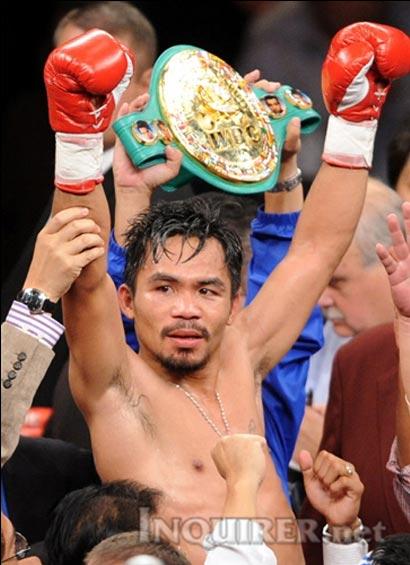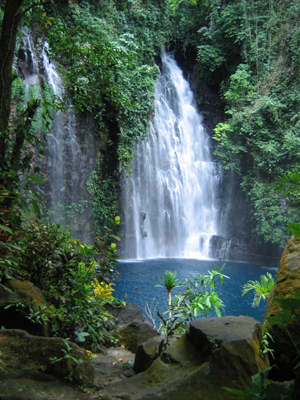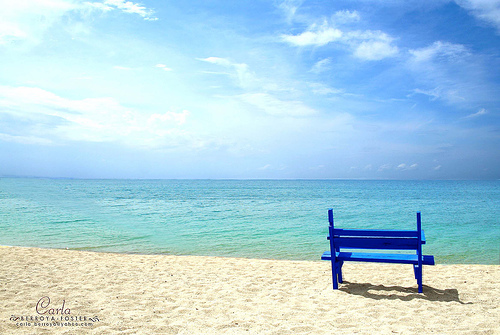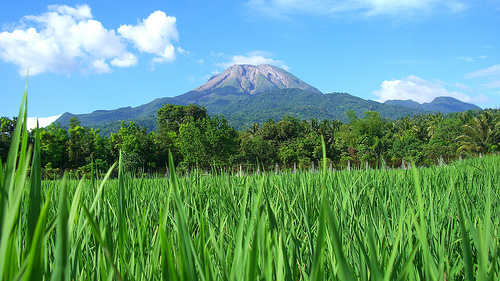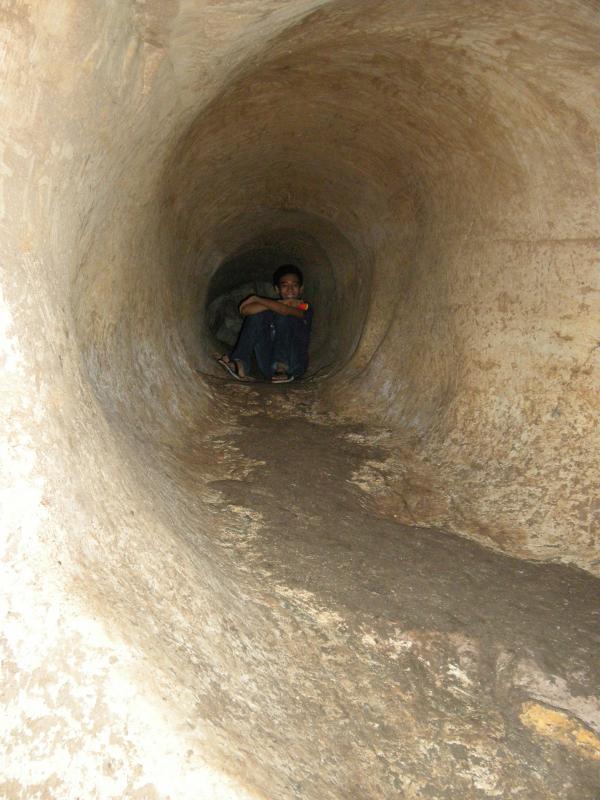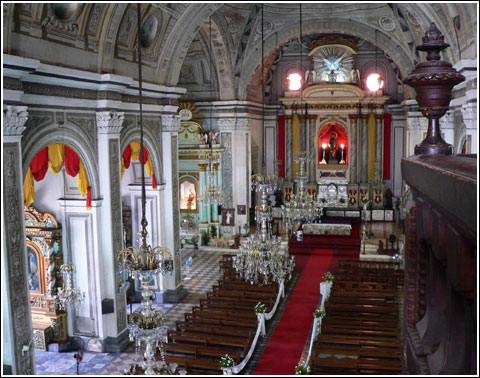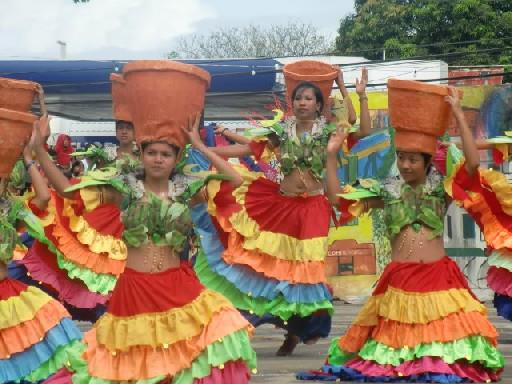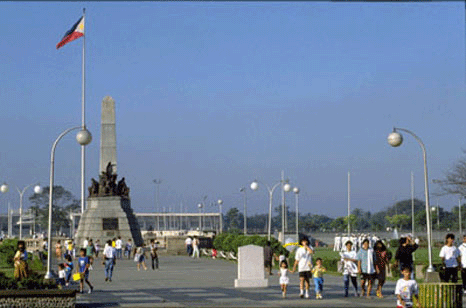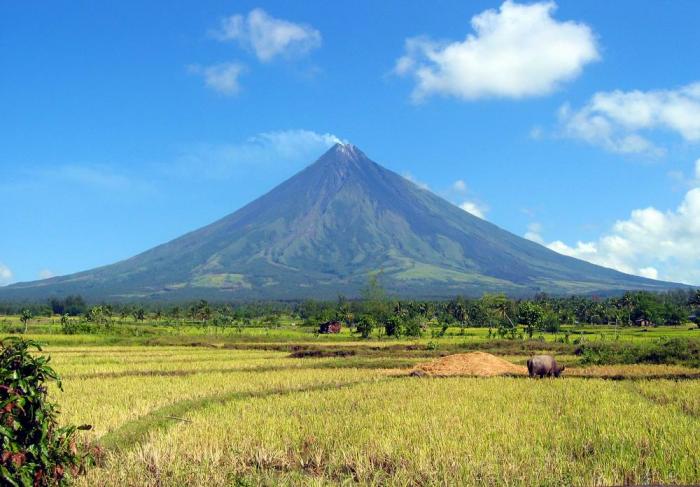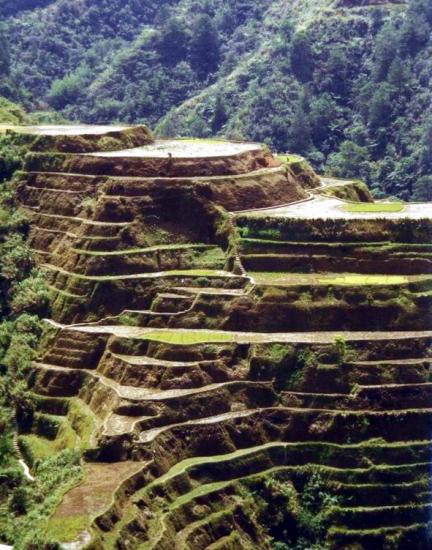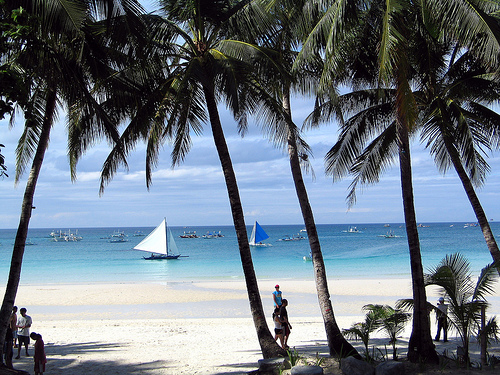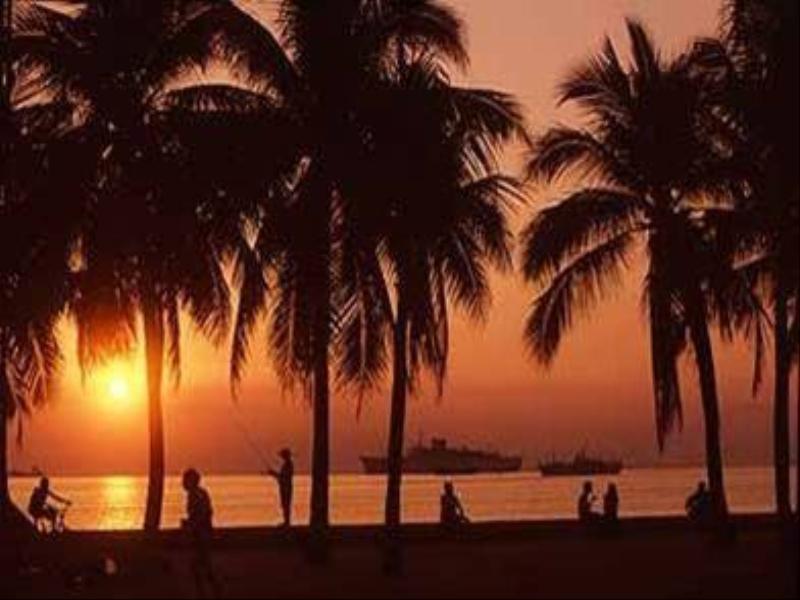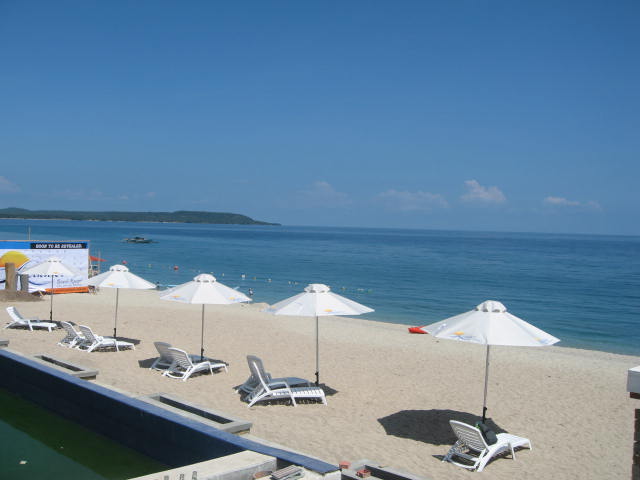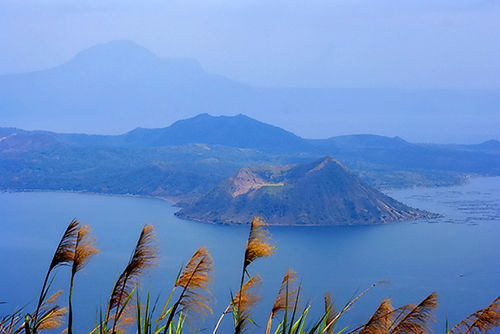Planning a trip? Those who love to travel know the essence of all travel is about you and your enjoyment. Travelers know that the destination is a major part in planning a trip, experiencing and delving deeper into an unfamiliar place, people and culture is paramount. Expand your horizons and set your sight to the Philippines, an off the beaten path travel site! An undiscovered paradise made of thousands of islands and white sand beaches all around! A tiny dot in the map of the world, and yet a haven for travelers, backpackers, retirees and even passersby. It offers awesome tourist attractions, magnificent beaches, hot spring resorts, colorful festivals, hundreds of scenic spots and world-class hotels and facilities. Not to mention the tropical climate, the affordable prices as well as the friendly and hospitable, English-speaking people! You will be glad you came, and we’re sure, you WILL come back for more FUN in the Philippines!
KOBAK ARCHEOLOGICAL MUSEUM
Samar is divided into three parts – Northern Samar, Western Samar and Eastern Samar. For purposes of clarity, Western Samar is simply referred to or called SAMAR.
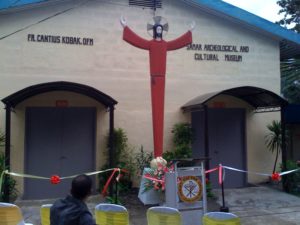 Photo from: calbayogevents.blogspot.com
Photo from: calbayogevents.blogspot.com
Formerly known as Samar Archeological Museum, this museum is located at the Christ the King College campus. This is the first and only archeological museum in Samar. It opened on April 11, 1970 as a repository of artifacts collected from various places in Samar Island. Its new name pays tribute to the late Fr. Cantius Kobak, ofm the Franciscan friar who took the initiative to open this museum and is acknowledged as “The Historian of Samar”. The present holdings of the museum include burial jars, Chinese porcelain, log coffins with skeletal remains, religious items, among others. Read More: http://www.calbayogtourism.byethost7.com/index.php?option=com_content&view=article&id=45&Itemid=31
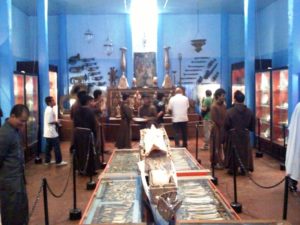
The Samar Archeological Museum was established in 1969 by Fr. Cantius Kobak, a Polish missionary assigned to the Philippines who saw the lack of public awareness about Samar’s history and culture.
Since opening to the public in 1970, the museum has been able to preserve the island’s cultural treasures and expose younger generations to histories past. Artifacts of early Samarnon life include knives, arrow heads, and bowls.
As in most museums, the Samar Archeological Museum deals not just with life but with death, too. Aside from the burial jars and wooden coffins, a highlight of the tour is getting to see the remains of early Samarnons. – See more at: http://www.gmanetwork.com/news/newstv/motorcyclediaries/278691/of-bones-and-dragon-jars-inside-the-samar-archeological-museum/story/#sthash.y8qmvLjI.dpuf
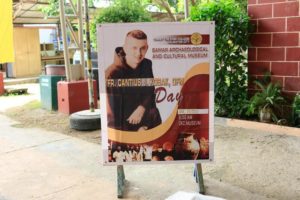 Photo from: http://www.cbcpnews.com/cbcpnews/?p=79976
Photo from: http://www.cbcpnews.com/cbcpnews/?p=79976The Christ the King College (CKC), the oldest Catholic school in Samar-Leyte region located in the City of Calbayog, commemorated the 86th birth anniversary of Fr. Cantius J. Kobak, OFM, the “Historian of Samar.”
Local historians, writers, scholars, researchers, teachers, CKC students, and Kobak’s former students from various parts of Samar Island, especially those who joined the historian priest’s archaeological expedition in the 1960s, attended the event held at the CKC Samar Archaeological and Cultural Museum on June 29.
Born Zdzislaw (Jesse) Kobak in Poland on June 29, 1930, he migrated in 1937 to the U.S., where he finished his studies. In 1939 he became a Franciscan and was ordained priest in 1957.
Enthralled by newsletters coming from friars in the Philippine missions, Kobak had one desire by the time of his ordination: to serve the poor in Samar Island. He became a teacher at CKC and Guardian of the Franciscan community in Calbayog upon his arrival in Calbayog in 1959.
During academic breaks, Kobak did archaeological diggings in various areas of the island, which yielded treasures from Samar’s past that led to the establishment of the Samar Museum at CKC in 1968. With an SVD priest, he also co-founded the Leyte Samar Museum in Tacloban in 1967.
He was the foremost researcher about the Sumuroy Revolt of Palapag, Samar from 1649 to 1650.
His scholarly articles were published by the now defunct Leyte-Samar Studies of the Divine Word University in Tacloban and in the Philippiniana Sacra, the journal of the University of Santo Tomas (UST), Manila.
His greatest scholarly achievement was the tracing (in various European and American museums), translating from Spanish to English, and preparing for publication all extant copies of Jesuit Fr. Francisco Ignacio Alcina’s Historia de las Islas e Indios de Bisayas. Read More: http://www.cbcpnews.com/cbcpnews/?p=79976
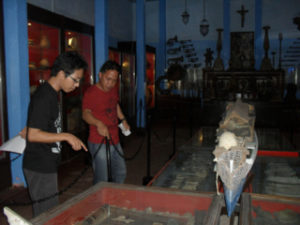 Photo from: http://www.davestravelcorner.com/journals/destination-asia/a-trip-to-samar/
Photo from: http://www.davestravelcorner.com/journals/destination-asia/a-trip-to-samar/
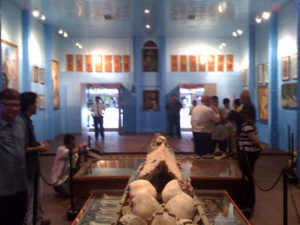 Photo from: http://calbayogevents.blogspot.com/2011/01/history-of-ckc-museum.html
Photo from: http://calbayogevents.blogspot.com/2011/01/history-of-ckc-museum.html
TABLE OF CONTENTS
The Tropical Island Paradise Called Samar
Where is Samar and How to Get There
Popular Tourist Destinations in Samar
Come and Join the Merry Festivals in Samar
